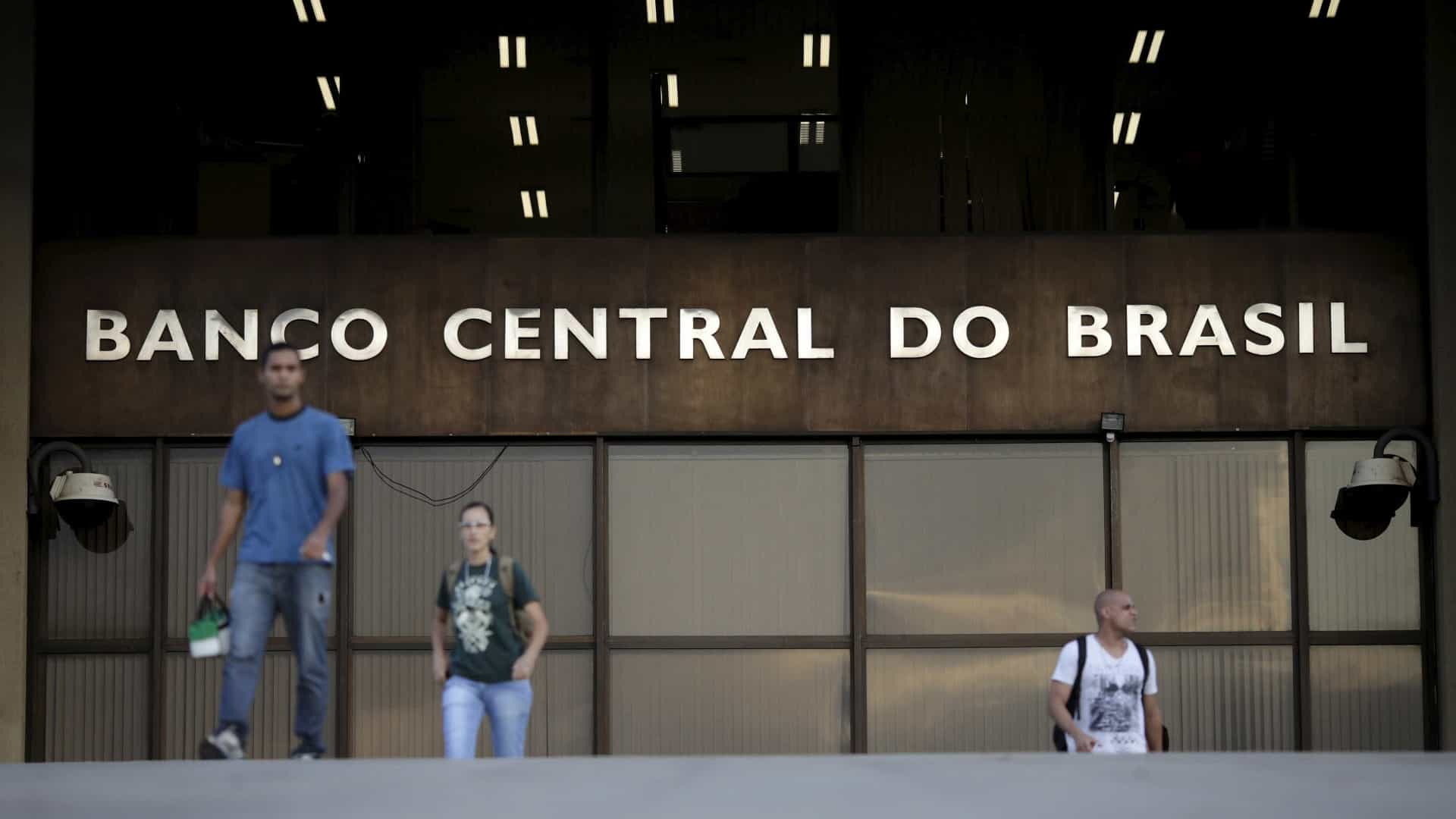RIO DE JANEIRO, BRAZIL – In the wake of increased spending to tackle the novel coronavirus pandemic by federal, state and municipal governments, Brazil’s public debt grew sharply in May.

Data released on Tuesday, June 30th, by the Central Bank (BC) show that the General Governments’ Gross Debt closed May at R$5.929 trillion, representing 81.9 percent of the country’s Gross Domestic Product (GDP).
The percentage, released on Tuesday by the Central Bank, is higher than the 79.8 percent recorded in April. At its best time since official records began, gross debt reached 51.5 percent of GDP in December 2013.
With the rise in public spending due to Covid-19, gross debt is expected to continue to rise in the coming months in Brazil. This is one of the main concerns of financial market economists.
The General Governments’ Gross Debt – which covers the debt of federal, state, and municipal governments, but excludes debts of the Central Bank and state-owned companies, is one of the references for assessment of the country’s solvency capacity by global rating agencies. In practice, the higher the debt, the higher the risk of default by Brazil.
The Central Bank also reported that the Net Public Sector Debt (DLSP) rose from 52.8 to 55.0 percent of GDP in May 2020. The DLSP reached R$3.983 trillion.
The net debt shows lower figures than the gross debt because it considers Brazil’s international reserves, today at around US$348 billion.
Source: Estadão Conteúdo

